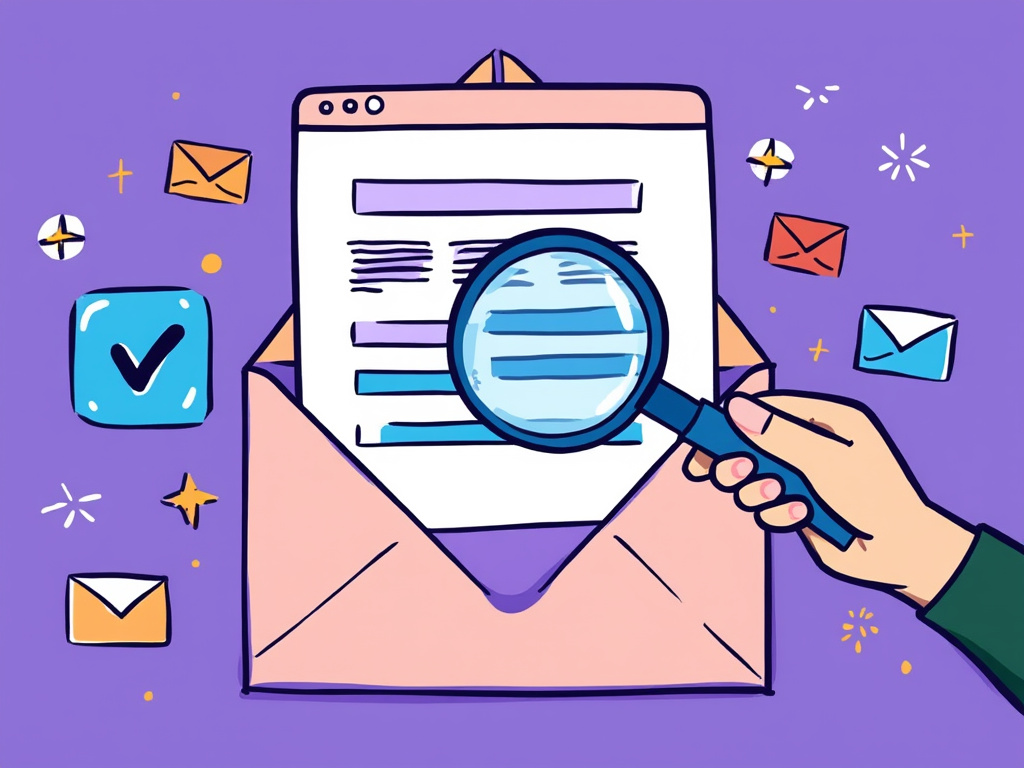Email Marketing: The Ultimate Guide to Starting with Email Segmentation

Understanding Email Segmentation
Email marketing has become a cornerstone for e-commerce businesses looking to engage with their customers while driving sales. But how can you ensure your emails resonate with your audience? The secret lies in a powerful tool called email segmentation. By dividing your email list into smaller groups based on specific criteria, you can craft tailored messages that speak directly to your subscribers’ needs and preferences.
Segmentation allows you to target the right people with the right message at the right time. This not only boosts engagement rates but also enhances customer satisfaction. Let’s dive into the ins and outs of email segmentation and how it can revolutionize your marketing strategy.
The Benefits of Email Segmentation
Segmentation is not just a buzzword; it’s a game changer for businesses of all sizes. Properly executed email segmentation can lead to:
- Higher Open Rates: Personalized emails are opened 26% more than generic ones.
- Enhanced Click-Through Rates: Targeted content encourages recipients to act, increasing conversion chances.
- Improved Customer Retention: Consistent engagement keeps your audience coming back for more, reducing churn rates.
- Better Revenue Generation: Tailored campaigns can drive more sales, maximizing your ROI.
- Stronger Customer Relationships: When customers feel understood and valued, loyalty grows.
Data Points That Matter
To effectively segment your audience, you need to gather and analyze relevant data. Here are some critical data points you should consider:
- Demographics: Age, gender, location, and income level can inform your content and product offerings.
- Purchase History: Segmenting based on past purchases helps you recommend products they are likely to buy next.
- Email Engagement: Group users based on how they interact with your emails (open rates, clicks, etc.) to tailor follow-ups.
- Website Behavior: Monitor how customers navigate your e-store to tailor communications that reflect their interests.
- Sign-Up Source: Different channels attract different audiences; segment based on where customers found you.
Creative Segmentation Strategies
Now that you understand why segmentation is crucial, let’s explore some creative strategies to implement in your e-store:
1. Lifecycle Stages: Segment your audience based on where they are in the customer journey—new subscribers, first-time buyers, or loyal customers. Tailor your messaging to guide them effortlessly through each stage.
2. Behavioral Triggers: Use data from customer actions to trigger specific campaigns. For instance, if someone abandoned their cart, a gentle reminder email can help bring them back.
3. Preference-Based Segmentation: Allow your subscribers to choose their preferences upon sign-up. This could include topics of interest, types of products, or even email frequency. Your audience will appreciate the autonomy, creating a more engaged subscriber base.
4. Special Occasion Campaigns: Don’t hesitate to create segments for birthdays or anniversaries. Personalized wishes combined with special offers can create memorable experiences for your customers.
Utilizing Automation Tools like Incomaker
Making the most out of email segmentation can become overwhelming without the right tools. This is where solutions like Incomaker come into play. Equipped with robust automation features, Incomaker can help you easily create dynamic segments based on real-time data.
The platform allows you to set up automated workflows tailored to different customer behaviors and segments, giving you the ability to send timely, relevant messages without the hassle of manual updates. Imagine being able to automatically send a promotion to customers who haven’t made a purchase in a while, or targeting only those who recently browsed specific products.
By leveraging a tool like Incomaker, you not only save time but allow your creative strategies to flourish, helping you concentrate on what matters most—building relationships with your customers.
Measuring Success
Lastly, always measure the effectiveness of your segmented campaigns. Key performance indicators (KPIs) such as open rates, click-through rates, unsubscribe rates, and conversion rates will help you evaluate what’s working and what isn’t. Use A/B testing to refine your efforts continuously and be open to adjusting your segmentation strategy based on the data you collect.
As you embark on your email marketing journey armed with segmentation strategies and automation tools, remember that the more personalized your approach, the more success you’re likely to achieve. Customers crave relevance, and with segmentation, you can provide that personalized touch that transforms a casual subscriber into a loyal customer. So roll up your sleeves, dive into your data, and start segmenting your audience for maximum impact!



